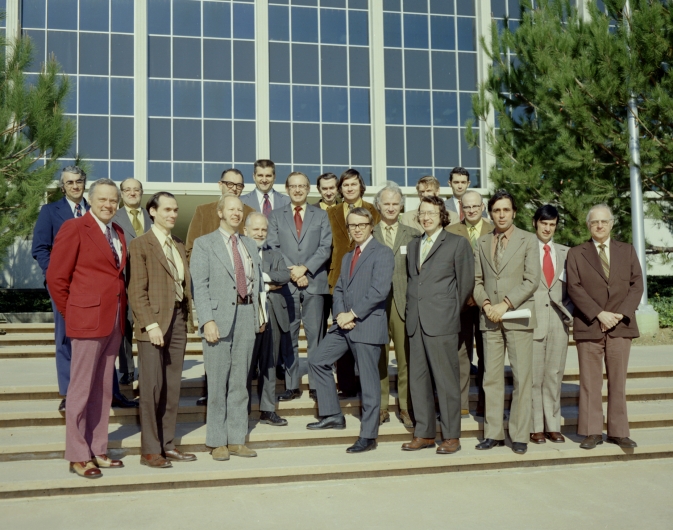Developers of a certain age, ever feel like the endless competition of up-and-coming young coders with their madskillz in modern programming languages leave you feeling like you just can’t compete any more? Is the choice between endless skill updates and running to stand still, or finally taking that job in middle management you’ve been avoiding for decades? Then perhaps the US space agency, NASA, has a vacancy you’ll be interested in applying for.
It needs engineers who are fluent in the languages of the 1970s, and it doesn’t mean jive talk or How To Speak Disco. Rather, it’s looking for coders who understand Fortran and assembly language to talk to its interstellar explorer craft, the two Voyager probes.
Voyager I and II were launched in 1977, originally on a 10-year mission to explore Saturn and Jupiter. In their almost-four-decade flight time they have performed fly-bys on 52 planets and moons and provided an inordinate amount of information to help us understand the solar system. The last photographs from the probes were transmitted 25 years ago, and Voyager I was reckoned to have entered interstellar space in 2013. Most of the systems on both probes have long since shut down, but they are expected to continue to send back data for another five to ten years.

Which apparently leaves NASA with a problem. Speaking to Popular Mechanics, mission manager Suzanne Dodd says that the last of the original crew members is about to retire and the agency doesn’t have enough people fluent in the programming languages used to talk to Voyager probes any more – and the ability to think in 68KBs of storage is a dying art too.
The key task ahead is to perform an “energy audit”, and find out how much power the craft have left before figuring out how to conserve that for the longest time.
[Via – The Register, Images – NASA/JPL-Caltech ]

